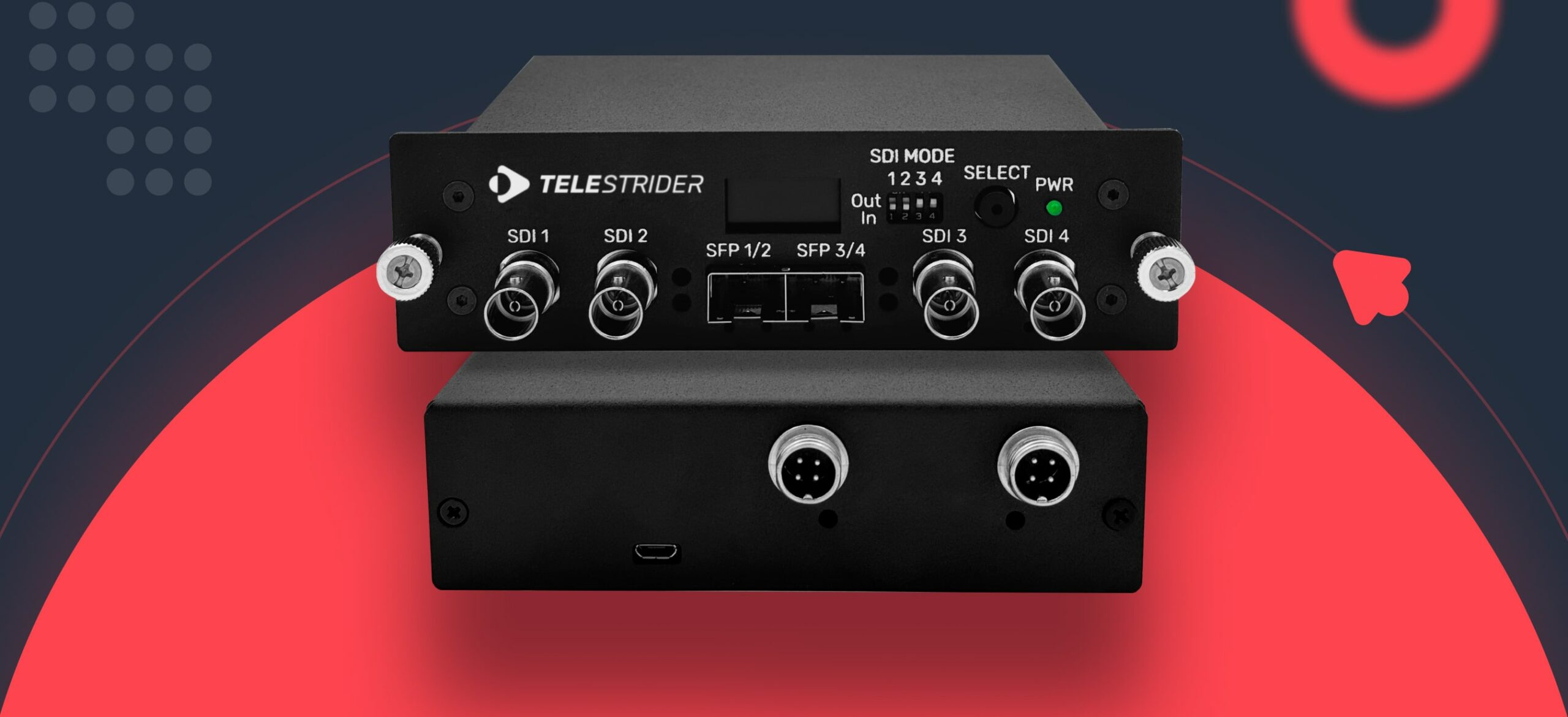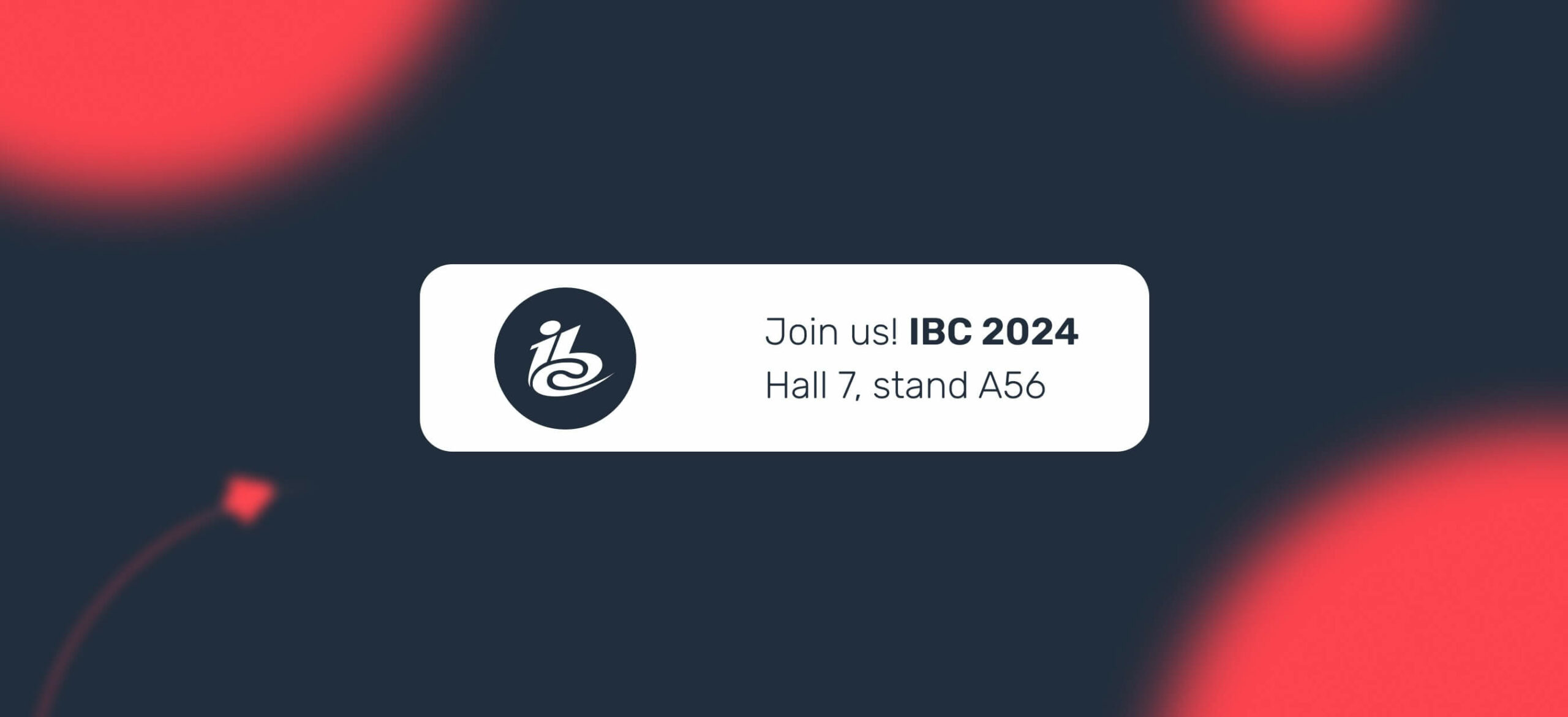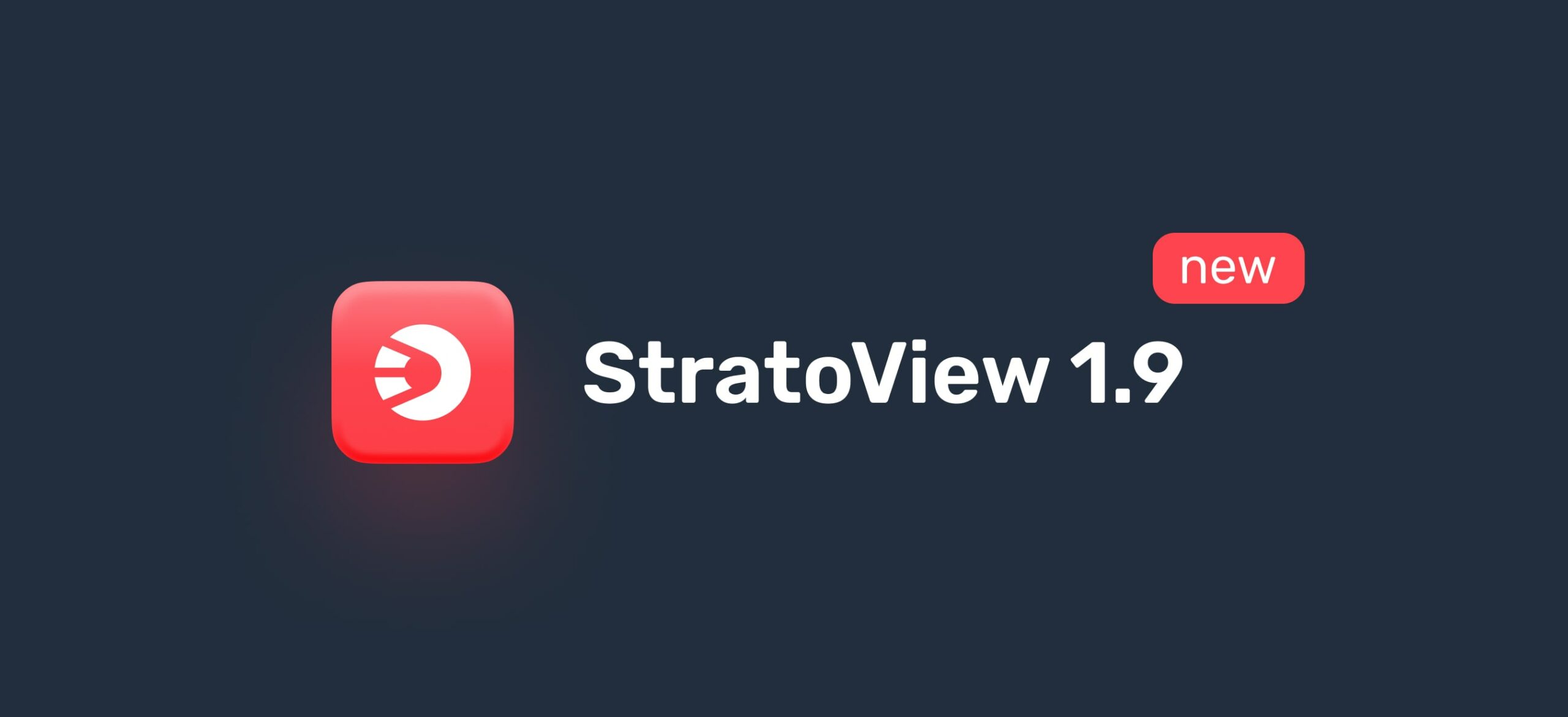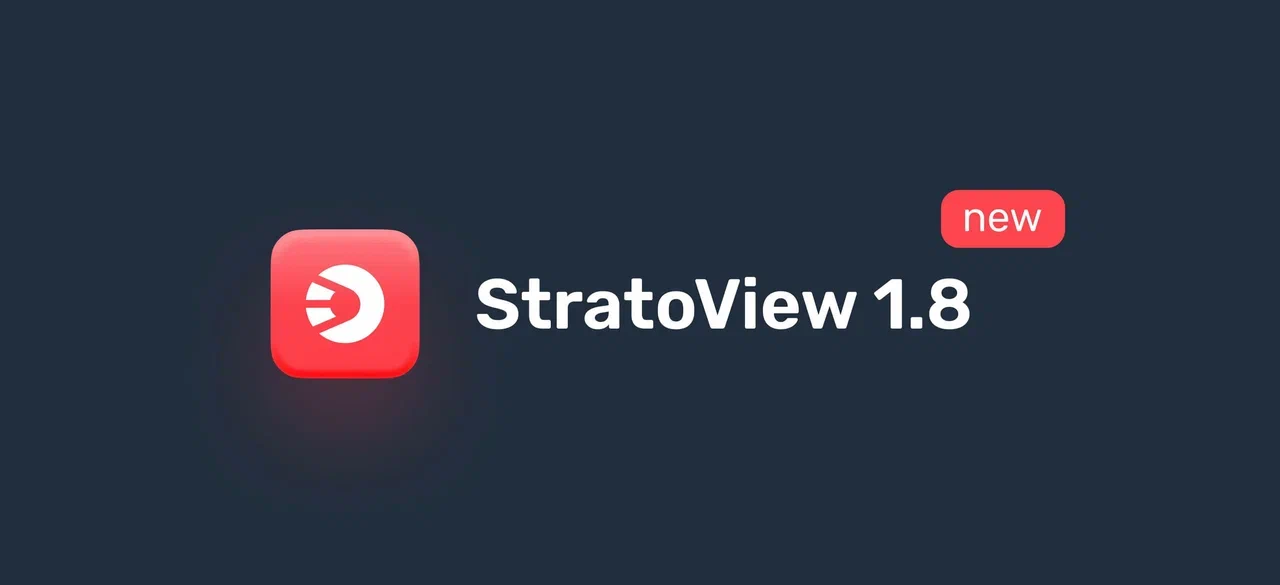
On September 23rd, in Hangzhou, China, the XIX Asian Games, commonly referred to as the “Asiad,” opened its doors. This event, which occurs every four years, mirrors the Olympics and gathers athletes from across the Asian continent. Organized by the Olympic Council of Asia (OCA), it boasts participation from 45 countries spanning from India to China. Featuring 30-40 sporting events, the Asiad draws over 10,000 athletes and garners millions of viewers across the Asian continent.
In 2023, Telestrider took center stage as the primary broadcast monitoring system provider for the Asian Games. The client, CHT (Chunghwa Telecom), a major telecom service provider in Taiwan, required a system to monitor 90 channels directly tied to the Asian Games.
Challenges Faced
Telestrider embarked on the ambitious project to provide monitoring and recording solutions for CHT’s 90 channels, with a planned expansion to 500 channels over three years. Telestrider supplied the software while CHT independently acquired servers based on Telestrider`s recommendations. Additionally, Telestrider provided remote assistance for system configuration and setup.
The Solution
The project to ensure monitoring of 90 channels was successfully completed just before the commencement of the Asian Games. Chunghwa Telecom chose Telestrider for its expertise in sport broadcast events, particularly its ability to swiftly detect and rectify errors with minimal delay, approximately 3 frames when displayed on a local monitor. In case of errors or critical events, engineers and operators receive immediate notifications, enabling them to resolve issues promptly.
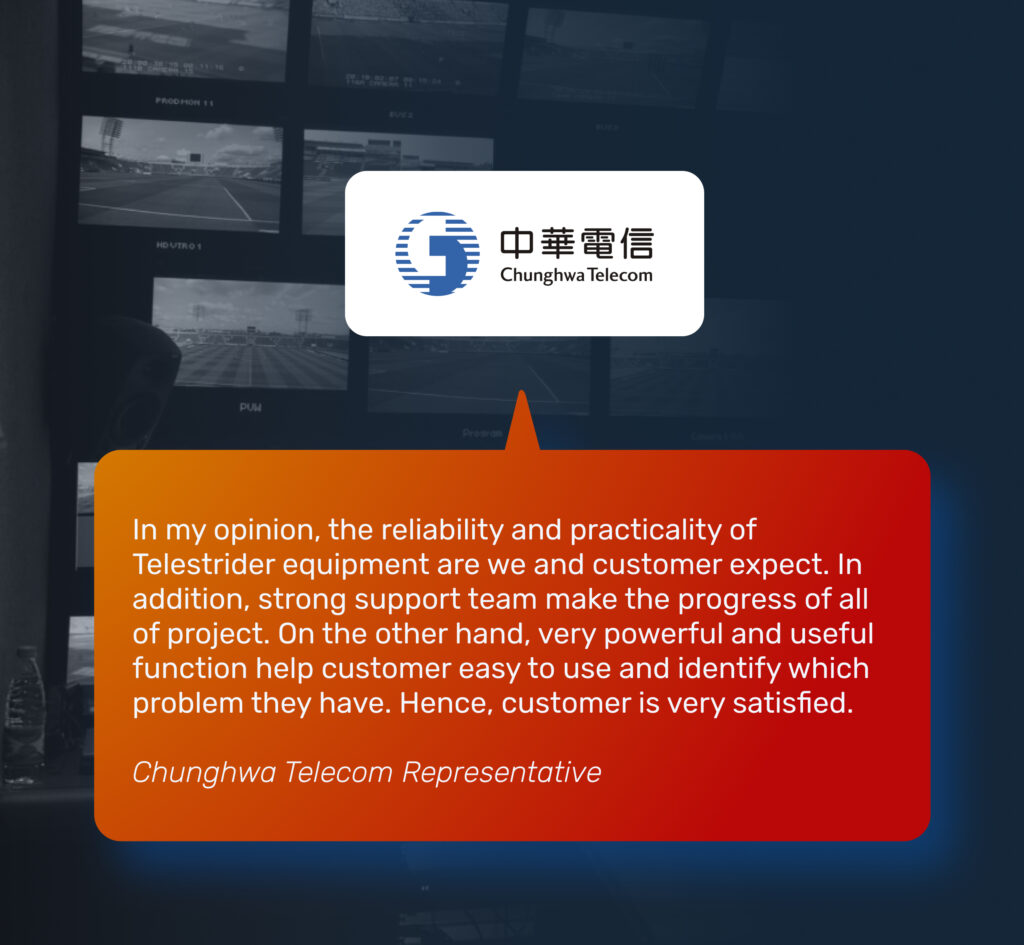
Monitoring IPTS H.264 Signals and generating on Mosaics
CHT`s requirement included monitoring signals from 90 HD channels and displaying them in mosaic format. Mosaics involve combining multiple video or audio streams into a composite stream, forming a grid of small windows or tiles. Each window contains an individual video or audio segment, and all windows collectively create a mosaic display with various content sources. This allows monitoring system operators to simultaneously view multiple sources or channels in a single window, enhancing the convenience and efficiency of the monitoring process.
The screens displaying these mosaics can be connected locally or remotely. If the monitors are remote, the monitoring system encodes the created mosaic and transmits it as a stream to the desired location. The stream format may vary depending on the project’s specific requirements. In CHT`s case, it was Transport Streams (IPTS), one of the most widely used data transmission standards in digital broadcasting. Encoding mosaics into IP TS streams allows data transmission across networks and ensures compatibility with other devices and systems working with IP TS.
Furthermore, the mosaic’s appearance, including video window size, text blocks, clocks, and more, can be customized to meet the client’s needs.
Quality of Service (QoS) + Quality of Experience (QoE) Analysis
To achieve comprehensive monitoring, CHT required the ability to assess not only the technical quality of the transmitted signal (QoS) but also how it was perceived by viewers (QoE). Telestrider deployed the StratoView system, allowing monitoring from both the viewer’s perspective and the operator’s viewpoint. This innovative system evaluates the broadcast quality as a television viewer would experience it while simultaneously capturing the state of the transmission during problematic moments, enabling operators to identify the root causes of faults and errors.
StratoView employs machine learning based on real instances of broadcast disruptions, offering both basic expertise (e.g., detecting major errors like signal loss, frozen frames, black screens, audio dropout, overly loud or quiet sound) and advanced capabilities, identifying subtle signal delivery issues (e.g., changes in overall volume levels, compression artifacts) that discerning viewers might notice. Moreover, the system can conduct contextual inspections, detecting content substitution instances. For example, it can identify when a children’s channel broadcasts content meant for an adult audience or when a news channel airs travel programs or scenes containing prohibited content.
Signal Recording for Quality Assurance
To address potential issues and claims from content providers, CHT required a robust recording solution to demonstrate that broadcast problems did not originate from their end. The StratoView system integrates monitoring and recording seamlessly. It can record incoming signals in various formats, including IP, SDI, SRT, DVB, and more. Recording can occur continuously, 24/7, or triggered by abnormalities, combining monitoring, analysis, and recording into one cohesive solution. The system also provides signal path visualization, allowing monitoring operators to observe how a signal passes through different processing and transmission stages and promptly identify the point of failure. The collected video streams can be displayed on video walls or through a web interface, with minimal latency via HDMI/DP/DVI.
Recording and monitoring are unified within a single interface. When a new object for monitoring is added, the system can simultaneously set it up for automated recording. Recording can be continuous (24/7), scheduled, or triggered by specific events – several options are offered. In CHT’s case, their channel signals are recorded 24/7 with overlays containing channel names, dates, and timestamps, enriching the recorded content with metadata.
Storage in NAS (Network-Attached Storage)
For CHT, it was imperative to establish a connection between monitoring, recording, and NAS storage. NAS (Network-Attached Storage) serves as a file storage and collaboration solution within a private network. NAS devices connect to the network, similar to how computers connect to the internet. Instead of relying on a typical internal hard drive, these devices are placed in the office and can be accessed by multiple computers.
Currently, monitoring, recording, and the web interface are integrated into one Telestrider product – StratoView. This solution has been developed over many years, enabling various actions – monitoring, recording, and creating specialized interfaces for operators and engineers. With this solution, you can obtain detailed information about specific streams or gain an overview of all channels. It also offers signal project visualization, pinpointing the exact location of an issue, whether it’s in the encoder or decoder. In the case of the CHT project, it’s worth noting that monitoring and recording for all 90 channels was successfully achieved using just two servers.
Conclusion
Telestrider not only met but exceeded the monitoring and quality assurance requirements of CHT’s coverage of the XIX Asian Games. The innovative solutions, including QoS and QoE analysis and seamless integration of monitoring and recording, ensured a broadcast of the highest quality. Telestrider continues to set the standard for broadcasting solutions, providing clients like Chunghwa Telecom with the tools needed to deliver exceptional content to viewers worldwide.




